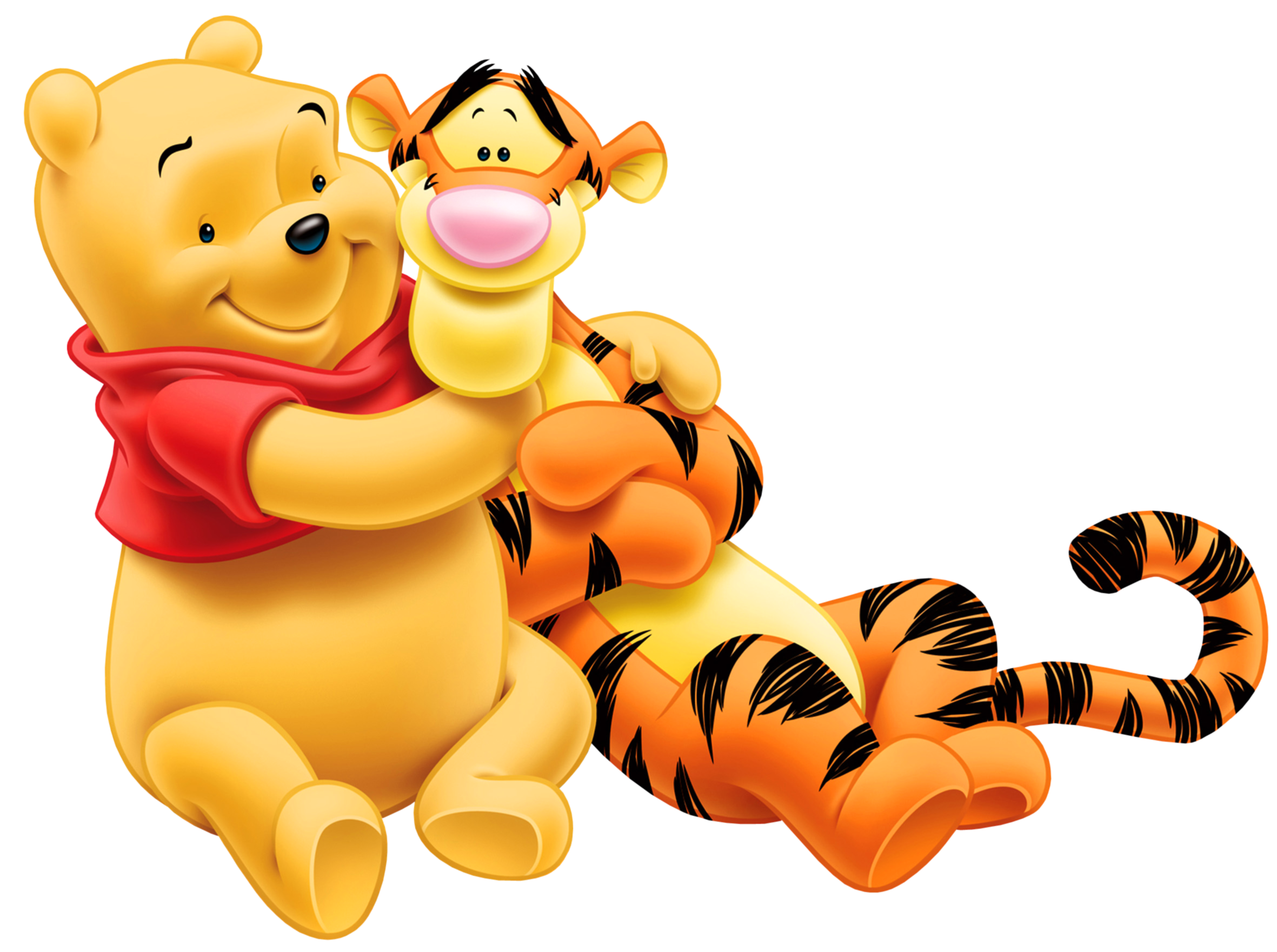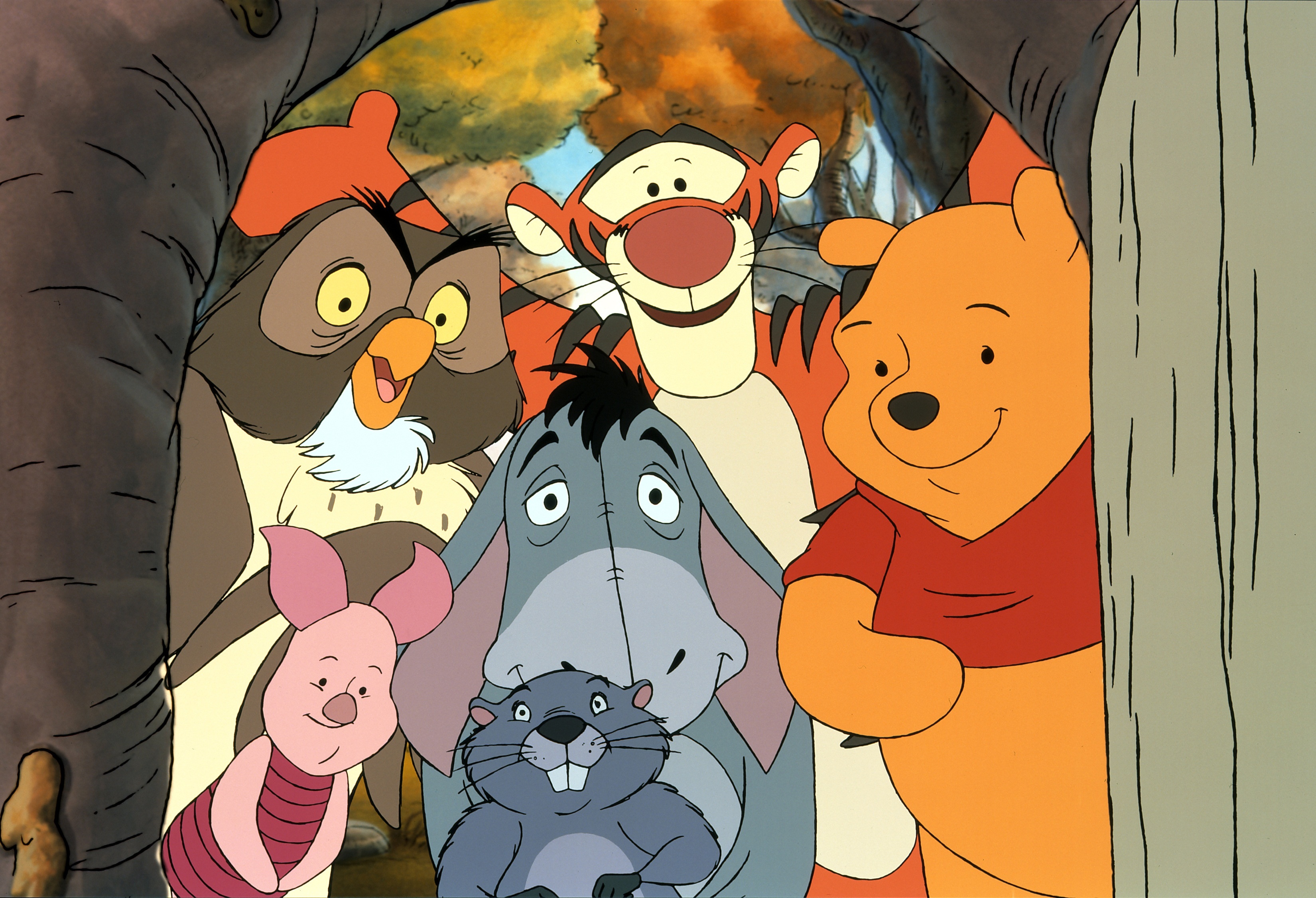Character Analysis

Winnie the Pooh is a beloved character who has delighted generations of readers and viewers. Over the years, his personality and motivations have evolved, reflecting the changing values and beliefs of society. Initially portrayed as a simple and innocent bear, Pooh has gradually become more complex and introspective.
Winnie the Pooh, the cuddly bear of our childhood, often carried a small stick, a mere toy in his clumsy paws. But in the realm of legends, swords are not just weapons; they are symbols of power, honor, and destiny.
Like the sword meaning in Arthurian tales, Pooh’s stick, too, held a secret significance, representing the playful spirit of adventure that made him the beloved friend of generations.
One of the most significant aspects of Pooh’s character is his relationship with his friends. He is fiercely loyal and devoted to them, always willing to lend a helping hand or offer a word of encouragement. His friendships are a source of great joy and comfort to him, and he values them above all else.
Winnie the Pooh, the beloved honey-loving bear, embarked on countless adventures in the Hundred Acre Wood. One fateful day, his explorations led him to a sword pit , a treacherous abyss filled with ancient weapons. Undeterred, Pooh bravely peered into its depths, marveling at the sharp edges and intricate hilts of the swords.
As he gazed, he couldn’t help but wonder about the stories behind these forgotten blades, echoing through the silent depths.
Pooh’s actions often reflect his values and beliefs. He is kind, compassionate, and always eager to help others. He is also a great believer in the power of friendship and the importance of sharing. In one episode, Pooh gives up his last pot of honey to help his friend Piglet, demonstrating his selfless nature.
Winnie the Pooh’s insatiable hunger for honey was a relentless pursuit, akin to the gambler’s chase at a slot machine. Each pull of the lever held the promise of a sweet reward, but more often than not, it was just a frustrating rattle.
Yet, Pooh’s unwavering optimism remained, for he knew that with each spin, there was always the possibility of a golden honeycomb.
Literary Techniques: Winnie The Pooh

Winnie the Pooh is a beloved children’s classic that has captured the hearts of readers for generations. The book is full of charming characters, heartwarming stories, and timeless wisdom. However, beneath its simple exterior, Winnie the Pooh is also a work of great literary complexity.
The book is rich in symbolism and allegory. The characters in the book represent different aspects of the human personality. Pooh represents the childlike innocence and wonder that we all possess. Piglet represents our fears and insecurities. Eeyore represents our sadness and depression. Tigger represents our energy and enthusiasm. Rabbit represents our orderliness and efficiency. Owl represents our wisdom and knowledge.
The stories in the book are also full of allegorical meaning. The story of Pooh and the honey tree can be seen as a metaphor for the search for happiness. The story of Piglet and the Heffalump can be seen as a metaphor for facing our fears. The story of Eeyore and the birthday party can be seen as a metaphor for the importance of friendship.
The author’s writing style is simple and straightforward, but it is also full of wit and charm. Milne uses language in a playful and imaginative way that creates a sense of wonder and magic. The book is full of memorable phrases and quotes that have become part of our cultural lexicon.
Winnie the Pooh is a timeless classic that can be enjoyed by readers of all ages. It is a book that is full of wisdom, humor, and heart.
Symbolism
The characters in Winnie the Pooh are all symbols of different aspects of the human personality. Pooh represents the childlike innocence and wonder that we all possess. Piglet represents our fears and insecurities. Eeyore represents our sadness and depression. Tigger represents our energy and enthusiasm. Rabbit represents our orderliness and efficiency. Owl represents our wisdom and knowledge.
The stories in the book are also full of allegorical meaning. The story of Pooh and the honey tree can be seen as a metaphor for the search for happiness. The story of Piglet and the Heffalump can be seen as a metaphor for facing our fears. The story of Eeyore and the birthday party can be seen as a metaphor for the importance of friendship.
Allegory, Winnie the pooh
The stories in Winnie the Pooh are full of allegorical meaning. The story of Pooh and the honey tree can be seen as a metaphor for the search for happiness. The story of Piglet and the Heffalump can be seen as a metaphor for facing our fears. The story of Eeyore and the birthday party can be seen as a metaphor for the importance of friendship.
Themes
The book explores a number of themes, including the importance of friendship, the power of imagination, and the search for happiness. The book also teaches children about the importance of accepting themselves and others for who they are.
Motifs
The book also uses a number of motifs, including the motif of the forest, the motif of the honey tree, and the motif of the birthday party. The forest represents the world of imagination and adventure. The honey tree represents the search for happiness. The birthday party represents the importance of friendship.
Cultural Impact
Winnie the Pooh has captured the hearts of generations of readers and viewers around the world. Its enduring appeal lies in its timeless themes of friendship, love, and the importance of imagination.
Winnie the Pooh has been adapted for numerous media, including books, films, television shows, and video games. Each adaptation has brought the characters to life in a unique way, while staying true to the spirit of the original stories.
Popularity of Winnie the Pooh
- Winnie the Pooh is one of the most popular children’s characters of all time.
- The books have been translated into more than 50 languages.
- The films have grossed over $1 billion worldwide.
Cultural Significance of Winnie the Pooh
Winnie the Pooh has become a cultural icon. The characters have been used in advertising, merchandise, and even postage stamps.
Winnie the Pooh has also been the subject of academic study. Scholars have explored the characters’ psychological profiles, the themes of the stories, and the cultural significance of the franchise.
In the Hundred Acre Wood, Winnie the Pooh, the cuddly bear, embarked on adventures with his friends. But when the sun set, Pooh’s thoughts wandered to Rihanna’s concert tomorrow rihanna tomorrow. Her music filled the air, transforming the quiet forest into a vibrant dance floor.
As the night wore on, Pooh’s dreams were filled with honey-sweet melodies and the beat of Rihanna’s songs.
Winnie the Pooh, the beloved honey-loving bear, may not be known for his sparkling diamonds, but the gemstone’s diamond meaning of purity and innocence resonates with his gentle nature. Just as Pooh’s adventures in the Hundred Acre Wood bring joy and wonder, diamonds symbolize hope and eternal love, reminding us that even in the most ordinary of lives, there can be moments of extraordinary brilliance.
